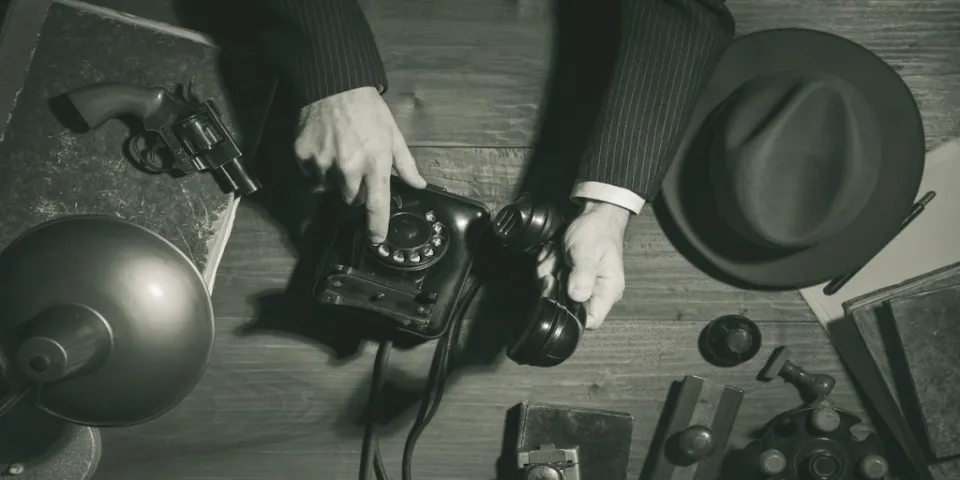How to Create Suspense in Writing? Let’s See
Suspense is a useful tool for maintaining a reader’s interest in any kind of story. Keeping information from the reader while posing important questions that pique their interest are two ways to create suspense. Suspense is greatly influenced by character development; for instance, if a character’s wish is not granted by the book’s conclusion, the story will not feel satisfying to the reader.
Table of Contents
What is Suspense in Writing?
Suspense is all about making big promises to your reader. Controlling information—how much you reveal, when and how you reveal it—will help you write suspense by establishing the reader’s expectations.
Suspense is a progression of small, gradual events, in the most literal sense. While every novel will have a central, overarching storyline that seeks to answer the sole dramatic question, that question is an engine built of thousands of smaller components which carry the reader through each chapter, sustaining their interest along the way.
What is the Difference Between Suspense and Surprise?
There’s a subtle but big difference between suspense and surprise. With suspense, you’re playing with your readers’ expectations of time. Though they anticipate receiving information, they are unsure of its timing. When you reveal something unexpected to your reader, you are causing surprise. Both can be fun and effective.
How Does the Structure of the Story Create Suspense?
The structure of the story creates suspense because the reader is let in on the secret that the main character is keeping. They are curious as to what he is trying to conceal and why he is concealing it. When the secret is actually revealed it is a shock to the reader and they realize that they have been fooled.

Ways to Create Suspense
- Every chapter should contain a promise. Almost anything can be a question posed to the reader, such as What’s inside the box? How is this character going to escape the collapsing plane? Who set the bomb underneath the bus? You have pledged to address each question you have posed.
- Create a hidden identity. Creating a character with a hidden identity—a puppet-master or mastermind who controls things from behind the scenes but whose identity is unknown—is one of Dan Brown’s favorite techniques for building suspense.
- Create a puzzle. Sometimes a quest revolves around solving a riddle and following a series of clues that build up from the first chapter right up through to the story’s climax. This could be a trail of symbolic clues that your characters must follow to discover escape routes, for instance, or the simple deductive solution to a murder mystery.
- A chapter or section should begin with a question. or an intriguing fact
- Use flashbacks to open new sources of suspense.
- Finish a chapter with a cliffhanger ending.
- Give characters complicated histories. Withhold information to keep the reader guessing about the sinister secrets from someone’s past (and how they might have influenced that character’s actions in the present).
- Tension can be increased by using internal dialogue. The reader will be anxious about anything your protagonist is anxious about. Their emotions and thoughts have the power to engender fear and anticipation.
- Introduce parallel plot lines. There are more opportunities for suspense when there are subplots involving villains and minor characters, and the reader may wonder how the various tales might be connected.
- Timeline of a story should be compressed. Thus, there is more pressure on the characters. Try to make it happen in one week if your story normally takes place over two. Compressing time may seem like an artificial imposition, but it can have a profound impact on your characters, and the tension that results can frequently give a sluggish story a boost.
Read about
Summary: How to Create Suspense in Writing
Choose a mundane moment from any of the writing you’ve done so far or from a real life event. Pick a scene where your characters are, for instance, walking, eating, or having a quiet conversation. Choose a subject from the list below if you don’t already have a scene that fits this description.
- A spider crawling up his web
- A child coming out of school
- Two people sitting in a car at a stop light
- A teenager lying in bed at night
- A group of men going into a stadium
- A woman eating alone in a restaurant
Make your ordinary scene into a suspenseful moment by writing a paragraph (no more than a page) about it on a page in your notebook. Find clever ways to incorporate necessary information into the story since you only have one paragraph and one page to work with.
